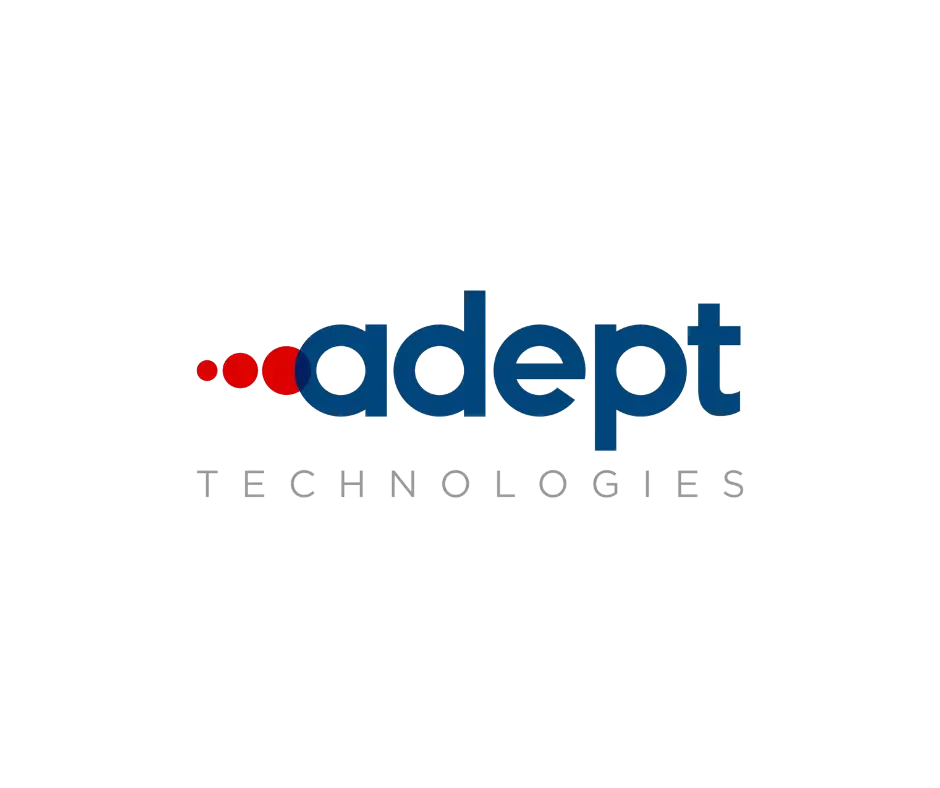
In today’s data-driven world, businesses have unprecedented access to vast amounts of information. However, the challenge lies in effectively utilizing this data to drive growth. Many organizations struggle with data silos, where crucial information is isolated within different departments, hindering collaboration and innovation. This blog post explores how breaking down data silos can help businesses leverage data for growth, offering practical strategies and real-world examples.
Understanding Data Silos
A data silo occurs when information is accessible to only one department or group within an organization, rather than being shared across the company. This can lead to inefficiencies, as each department might duplicate efforts or miss out on valuable insights. According to a survey by IDC, 75% of businesses say that data silos negatively impact their ability to deliver on business objectives.
Consequences of Data Silos
– Redundancy and Inefficiency Duplication of efforts and resources.
– Limited Insights: Incomplete data leads to less informed decisions.
– Stifled Innovation: Lack of cross-departmental collaboration hinders creativity.
Breaking Down Data Silos to Leverage Data for Growth
Online Methods
1. Implementing a Unified Data Platform
A unified data platform integrates data from various sources into a single, accessible repository. Tools like data lakes and cloud-based platforms can break down silos by ensuring that all departments have access to the same data. For instance, Amazon Web Services (AWS) offers a comprehensive suite of data integration tools that facilitate this process.
Benefits
– Improved data accessibility
– Enhanced decision-making capabilities
– Streamlined operations
2. Using Data Analytics Tools
Data analytics tools help businesses uncover insights from their data. Tools like Tableau and Power BI offer visual analytics that can be easily shared across departments, promoting a culture of data-driven decision-making.
Practical Tip: Regularly train staff on how to use these tools effectively, ensuring that insights are actionable and relevant.
Offline Methods
1. Cross-Departmental Workshops
Conducting workshops that involve multiple departments can foster collaboration and break down silos. These workshops should focus on sharing insights and identifying opportunities for synergy.
Benefits
– Enhanced communication between departments
– Identification of common goals
– Encouragement of innovative ideas
2. Data Governance Policies
Establishing clear data governance policies ensures that data is consistently managed and shared across the organization. This involves defining data ownership, access rights, and responsibilities.
Practical Tip: Regularly review and update policies to adapt to changing business needs and regulatory requirements.
Real-World Example: Starbucks
Starbucks provides an excellent example of leveraging data for growth by breaking down data silos. The coffee giant uses its loyalty program to gather data on customer preferences and purchasing habits. This data is then integrated across marketing, supply chain, and store operations to enhance the customer experience and drive sales.
Key Strategies Used by Starbucks
-Integrated Data Systems: Starbucks uses a centralized data platform to ensure that all departments have access to customer insights.
-Personalized Marketing: The company uses data analytics to personalize marketing efforts, increasing customer engagement and loyalty.
-Operational Efficiency: Insights from data help optimize inventory and supply chain operations.
The Importance of Community Support and Local Businesses
Local businesses play a crucial role in the economy and community. By breaking down data silos, these businesses can better understand customer needs and enhance their offerings. Supporting local businesses not only benefits the economy but also enriches the community by fostering a sense of belonging and collaboration.
How Local Businesses Can Leverage Data for Growth
-Community Feedback: Collecting and analyzing feedback from local customers can provide valuable insights into market needs.
-Collaborative Partnerships: Partnering with other local businesses can create mutually beneficial opportunities and share data insights.
-Local Marketing Strategies: Tailoring marketing efforts to the community’s unique characteristics can increase relevance and engagement.
Conclusion
Breaking down data silos is essential for businesses seeking to leverage data for growth. By implementing both online and offline methods, companies can foster a culture of collaboration, enhance decision-making, and drive innovation. As seen with Starbucks, integrating data across departments creates a holistic view of business operations and customer needs.
Thought-Provoking Questions:
– How can your organization begin to dismantle its data silos?
– What role does community support play in the success of local businesses?
– How can businesses balance online and offline methods to effectively leverage data?
By addressing these questions and embracing the power of data, businesses can unlock new growth opportunities and strengthen their community impact.
